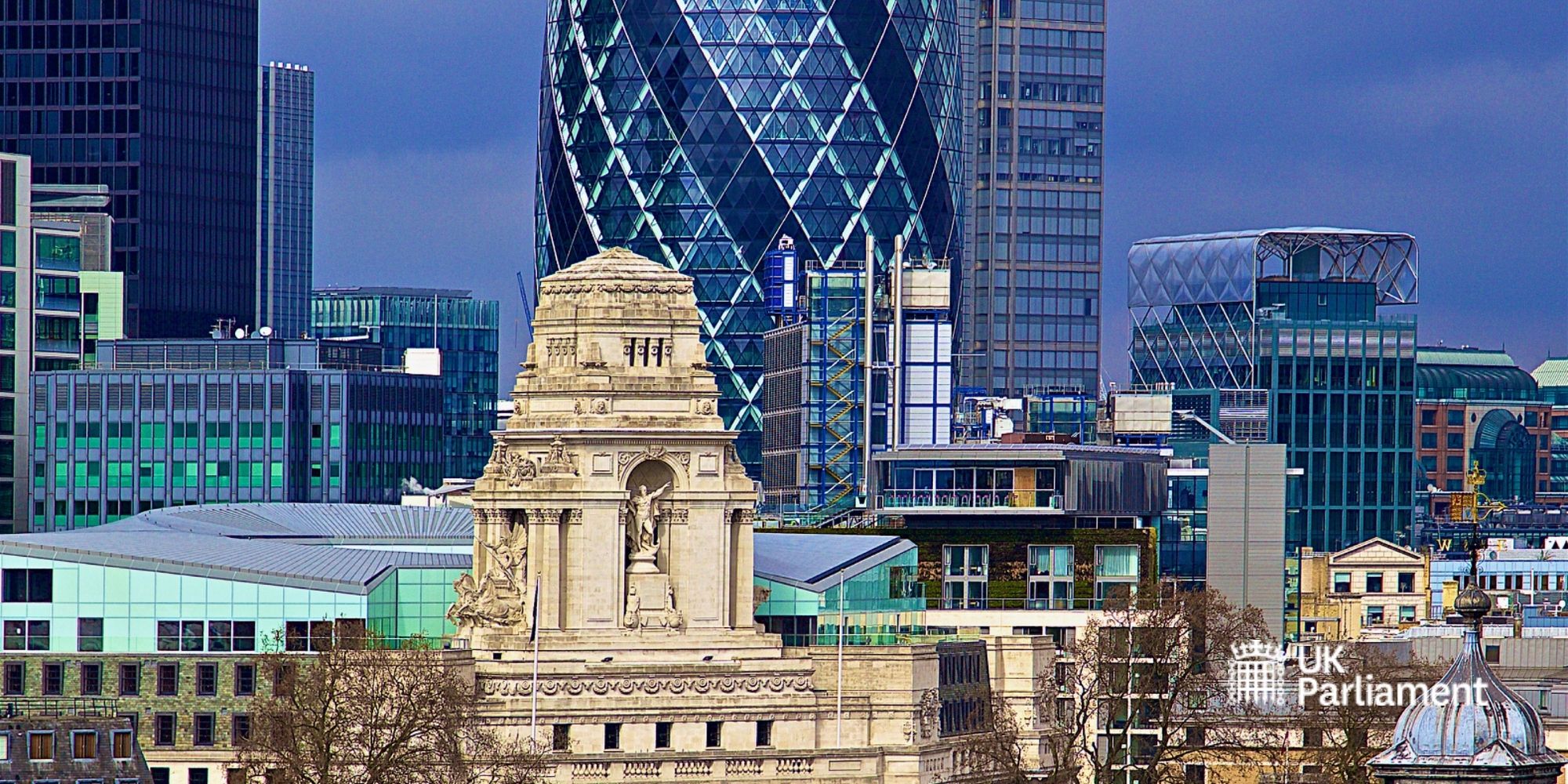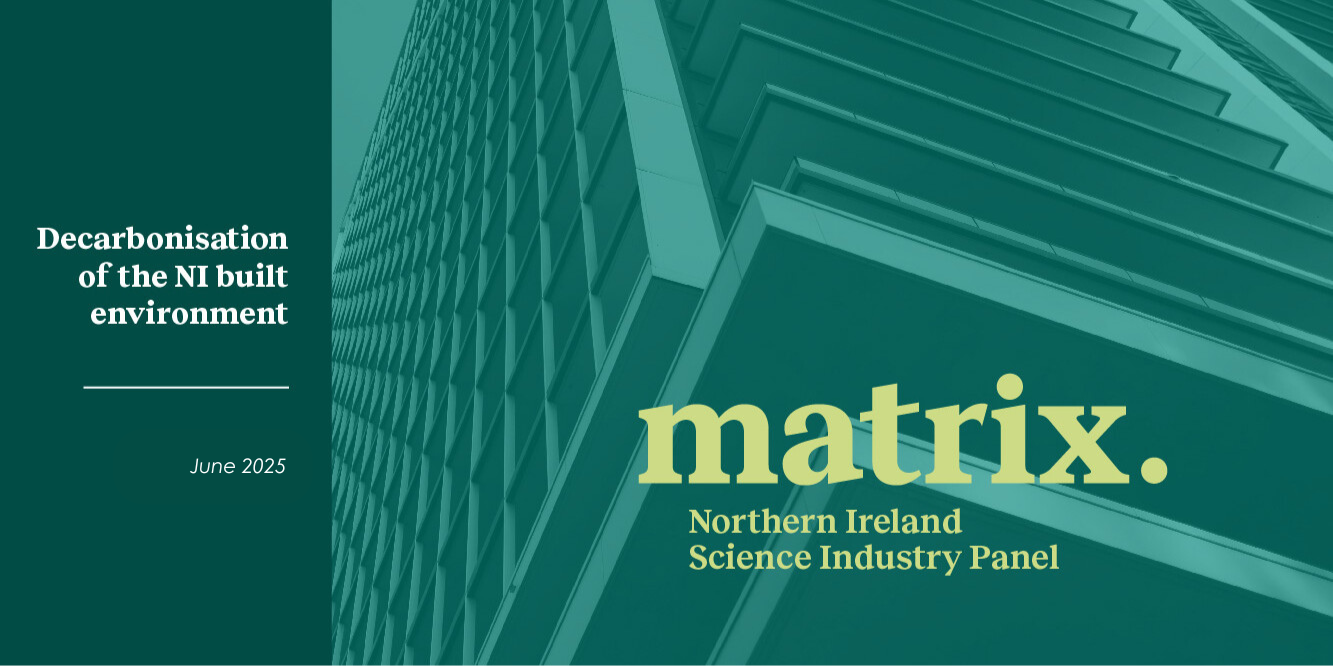Report
Reducing the whole life carbon impact of buildings
The emissions attributed to a building across its lifetime are known as its ‘whole life’ carbon emissions and are commonly split into ‘operational’ and ‘embodied’:
- Operational emissions are associated with the energy required to run a building (such as the energy used to provide lighting, power, heating, cooling, ventilation, and water services).
- Embodied emissions are associated with all the non-operational aspects of a building (such as those from the extraction, manufacture and assembly of a building’s materials and components, its repair, maintenance and refurbishment, and end of life activities).
There is no agreed single figure for the whole life carbon emissions from buildings in the UK; estimates vary due to various factors, including their scope. However, the Climate Change Committee reported that the operational carbon emissions of all buildings made up 18% of the UK’s total emissions in 2019. It also reported that 13% of UK emissions in 2019 were from the manufacturing and construction sectors, a proportion of which are associated with the embodied carbon emissions of buildings.
The UK Green Building Council’s latest calculations from 2018 data include both operational and embodied carbon emissions from the built environment, which includes buildings and infrastructure together. These calculations estimated that the emissions associated with the construction, operation, and maintenance of buildings and infrastructure (which account for a proportion, but not all of, the embodied emissions) made up 8% of the UK’s total annual emissions in 2018. It also reported that operational carbon emissions made up 20%.
To date, efforts have primarily concentrated on decarbonising operational carbon emissions, such as heating and lighting, in existing buildings. However, many stakeholders, including the Climate Change Committee, the Institution of Structural Engineers and the UK Green Building Council have said that to address net zero targets, there needs to be an increased focus on the whole life carbon emissions of buildings, particularly embodied carbon emissions.
Building and construction stakeholder priorities for reducing the emissions associated with buildings include:
- A focus on reusing and repurposing buildings where possible, to avoid the need for construction of new buildings.
- Whole life carbon (in particular, embodied carbon) to be considered in amendments to the building regulations for both new buildings and retrofitting of buildings.
- VAT to be reduced for building refurbishments to be in line with new builds. Repurposing existing buildings is not always cost effective, in part due to the VAT costs associated with refurbishment, which do not apply to demolition and new-build.
- Introduction of a certification process for all construction materials to support better understanding of the whole life carbon impact of buildings.
- Policies to drive more resource-efficient construction and use of existing low-carbon building materials.
Key points in this POSTbrief include:
- The Government has recognised the need to address emissions from buildings, including their underpinning construction processes. In the National Infrastructure Strategy, it committed to transforming the construction sector to make it more sustainable.
- Many experts have said that the most significant carbon savings can be achieved by not building anything new, and that retrofitting and re-purposing of existing buildings should be prioritised where possible.
- Experts have called for the Government to establish whole life carbon targets and policies and that improve material efficiency and carbon performance of buildings and infrastructure, including the reuse of materials and components.
- Strategies to reduce the whole life carbon emissions of buildings consider the need for a new building in the first instance, the design of new and repurposed buildings, the materials used, the construction process, the operation of the building and the end of life activities (e.g. demolition, deconstruction, reuse and recycling).
- Various voluntary initiatives, guidelines and targets for whole life and embodied carbon reductions have been established, driven by campaign groups, industry and professional institutions. Some local authorities have started to consider whole life and embodied carbon in their local plans, but limited emissions reduction targets have been published.
- The most widely used materials in construction globally are concrete, steel and timber. The embodied carbon impact of these materials varies depending on the source, the production and installation process, the volume of material used, and the opportunities for re-using/recycling.
- A range of alternative materials and manufacturing methods are needed to reduce emissions. Reduced carbon construction materials include locally and sustainably sourced timber and stone, Portland cement-free concrete, and recycled or re-used steel.
- The UK concrete and cement industry, represented by the Mineral Products Association, has recognised the need for decarbonisation of all aspects of production, supply, and use.
- Strategies to reduce the carbon emissions associated with cement and concrete include reducing the volume of Portland cement consumed, using alternative fuels during manufacture, using alternative lower carbon cements and using carbon capture technology.
- The steel sector’s strategies to reduce emissions include switching to lower carbon fuels and reducing agents, using carbon capture technologies alongside the manufacturing process, improving the energy efficiency of production processes, increasing the recycling and re-use rates of steel products.
- Timber has received increasing interest as a construction material. The Institution of Structural Engineers recommends timber is used efficiently and is sustainably sourced. It also recommends that the life of timber structures are prolonged, and end-of-life timber components are reused or recycled into new materials to keep sequestered carbon from being re-released into the atmosphere.
- It is estimated that direct CO2 emissions from transport and construction processes make up around 30% of a building’s total embodied carbon. Opportunities are emerging for construction machinery to be powered by electricity or hydrogen. Modern construction processes (such as digitization) also provide opportunities to reduce emissions.
- When a building has reached the end of its life it can be retained for re-use, repurposed, disassembled or demolished. The UK Green Building Council recommends that existing buildings are retained, new buildings are designed for repurpose and/or disassembly, waste materials from demolished buildings are diverted from landfills, and energy efficient demolition equipment is used.
- Meeting net zero targets in the building and construction sector requires innovation, increased efficiencies, and a mix of new skilled jobs. Concerns have been raised about a skills shortage. The Green Jobs Taskforce has gathered evidence on the skills needed in the green economy and set out recommendations for how Government, industry and the education sector can meet the identified challenges.




